REACHER Reviews: Welcome to Margrave – A Review of Police Procedure and Forensics, Part One
Not since CASTLE and SOUTHLAND have I found a cop-type television series that stirred in me the desire to once again examine the police procedures and forensics used by TV officers … until now. Well, there was BOSCH, which is a wonderful series, but it came along when time was not on my side.
But Jack Reacher stepped into our living room several days ago and it was after watching for only a couple of minutes that I knew I wanted needed to bring REACHER to this blog, and to you. There are many intricate details in the show that mirror real police officers and how they carry themselves, and like the reviews of CASTLE and SOUTHLAND, I’ll pick apart those characteristics. I’ll also point out the things that aren’t quite realistic to help you, the writer, avoid making similar errors in your books.
Before I begin with the review of episode one, Welcome to Margrave, I’d like to mention that I discussed this endeavor with Lee Child, Reacher’s creator, to make certain I had his blessing to review the show. He gave his approval without hesitation.
So, without further ado and with a hearty thanks to Lee Child, off we go. But first a disclaimer – HERE’S YOUR SPOILER ALERT!
NOTE – This first installment of REACHER Reviews, Part One of Welcome to Margrave, is an introduction of the main characters in season one and how well the actors played the part of law enforcement officers. In Part Two of the review I’ll delve into the police procedure and forensics used in the episode. Welcome to Margrave is the only two-part review. After Part Two I’ll post an episode review each week.
REACHER: Welcome to Margrave – A Review of Police Procedure and Forensics, Part One
The series opened on a dark night with fittingly ominous music setting the mood. An assassin, using a pistol and silencer, shot Jack Reacher’s brother from behind as he ran through tall weeds. Once the prey was down the killer repeatedly kicked and stomped the victim, an obvious act of rage, and then covered the body with a sheet of cardboard.
The scene then faded to black as the menacing music grew louder, heading toward a nail-biting crescendo. At its peak, the driving beat suddenly switched to the sound of pouring rain and thunder, and then the screen filled with …

The much-anticipated show began and we were about to see Child’s character and stories come to life.
Fans of Lee Child’s novels know the protagonist, Jack Reacher, is big, strong, not much of a talker, and whose main mode of transportation is walking, and that’s how Reacher entered his Amazon Original debut.
Reacher, more than adequately played by Alan Ritchson (Titans, DC’s Legends of Tomorrow, Smallville as Aquaman, 90210, CSI: Miami) stepped off a bus in the middle of nowhere, in the pouring rain, and set out on foot (cue the blues music) with his boots clomping a steady cadence toward the southern town of Margrave, Georgia.

Then, as he approached the entrance to the Margrave Diner, he encountered a bully in the act of vocally abusing his girlfriend about the tip she left inside for their server. The abuse, in fact, teetered on the edge of becoming physical. Reacher, in true Reacher style, intervened and resolved the conflict using nothing more than his stature, a hard look, and without saying a single word. The bully, clearly intimidated by Reacher’s behavior, even apologized for his conduct, promising it wouldn’t happen again.
Reacher’s demeanor was a classic example of Command Presence, an important part of police work.
Tips for developing a better command presence
- Be professional, and this includes updated training when available. A cop who knows his job inside-out projects more confidence. The same is true with physical training. Stay in shape and know, trust, and practice defensive tactics.
- Good posture is important. The officer who stands straight and tall has an advantage over the officer who slouches. Poor posture often shows as weakness, especially when confronting an aggressive suspect.
- Always make and maintain eye contact when speaking to someone.
- Honesty and consistency are important traits. Bad guys will quickly learn that what you say is what you mean, every time.
- Always treat everyone fairly and with dignity.
- First impressions only come around once, so make it your best effort. If a suspect’s first impression of you is that you’re meek and weak, well, you can expect to have a rough day.
- Size up everyone before interacting. Always be aware of who and what you’re dealing with and stay one step ahead of the person in front of you. Remember, the person standing before you may want to kill you, so be prepared to do what it takes to survive. Do this each time you encounter someone. No exceptions! You never know which person is the one who plans to do you harm.
Most importantly, believe in yourself. Have confidence in what you do and who you are. All the training and firepower in the world will not help you if you’re playing make believe. Bad guys will see through that in a heartbeat.
An officer who looks sharp, acts sharp, and is sharp helps an officer appear and feel confident.
Crooks size up officers and, like animals culling the herd, look for the weakest, and those are the officers who’ll most likely be dealing with escape attempts, lies, assaults, and other criminal tricks.
The above material could’ve easily been used as part of Reacher’s character development because Reacher’s entire being centers around Command Presence.
Ironically, I once wrote an article about police and the importance of command presence. In the article I also mentioned, “Civilians in authoritative positions should also exhibit a command presence, and many do so instinctively. Command presence also applies to public speakers, including writers when appearing at conferences and book signings and readings. One of the best in the business at the command presence game is author Lee Child. The moment Child enters a room you know he’s confident, poised, and in full control of each word spoken. He looks sharp, acts sharp, and, well, he is sharp. And it shows.”
So it’s perfectly understandable that Reacher shares mannerisms with his creator.
Back to the Margrave Diner
Inside, Reacher settles into a booth to enjoy a cup of black coffee (a staple of Lee Child’s diet) and a slice of “Georgia’s best” peach pie. But, before the first bite two Margrave officers enter the diner, one pointing a shotgun at Reacher and the other doing the same with a pistol. It’s important to note that both officers held their index fingers outside the trigger guards. This is proper procedure to avoid accidental discharges.
Reacher was then arrested for murder, restrained, and taken to the local police department for processing by Officer Roscoe Conklin.

Actor Willa Fitzgerald (Wall Street, Gotham, Scream, the TV series, Dolly Parton’s Heartstrings, The Fall of the House of Usher), does an exceptional job of accurately portraying a police officer, from the habit of resting her hands on her duty belt to absolutely oozing command presence.
Resting hands on the duty belt serves two purposes. One, it gives the officer something to do with their hands other than leaving them hanging and flopping in the breeze. Besides, all the do-dads on the belt cause the wearer to hold their arms up and out to avoid rubbing at the flesh on the insides of their forearms. It’s simply more comfortable to rest the hands and arms on the belt. Two, resting their hands near the tools they need to perform their duties has a logical and tactical purpose—having the hands near a firearm is especially important in case the unexpected happens.
Reacher’s arresting officers force him through the front doors of the department, still at gunpoint, where Conklin stands behind a lobby counter which also serves as a booking station.
“Sir, if you step over here, I can process you,” she said to Reacher, whose wrists are bound with a single zip tie because, according to one of the officers, “Cuffs didn’t fit ’em.”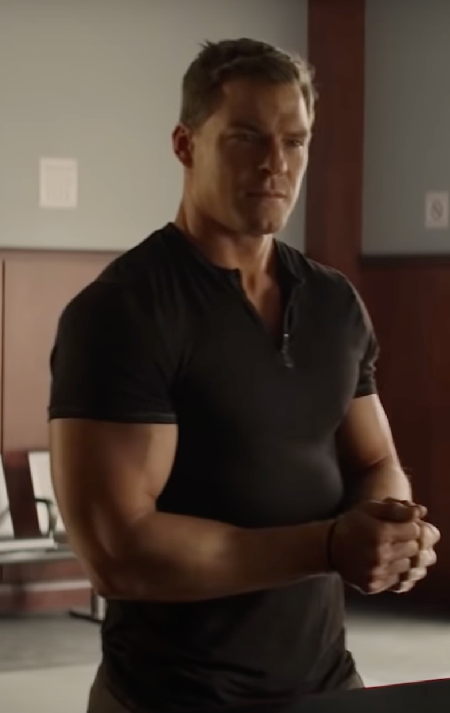
Reacher didn’t immediately respond so Conklin continued. “I’m not asking, sir, I’m telling. But don’t worry, I won’t kick your ass unless you make me.” Her comment was directed to Jack Reacher, a hulk with biceps and triceps that look like two sledge hammers welded together. So yeah, Conklin, who stands at barely a whisper over five-feet-tall, wrote a whupass check to Reacher that she was prepared to at least attempt to cash. That’s command presence.
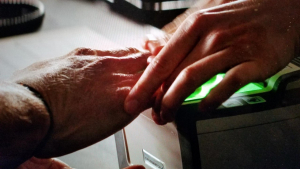 Conklin uses what appears to be an older Crossmatch fingerprinting terminal, or one similar, to record and enter Reacher’s prints into the system. Chief Edward Morrison, played by Peter Skagen (Lonesome Dove, Wynonna Earp, Heartland, Tin Star) jumps into the scene spouting off a series of rapid-fire who, what, and why questions about Reacher’s reasons for showing up in Margrave. Without missing a beat he threatened to stuff Reacher into a holding cell until he was ready to talk, and talking is something Reacher had yet to do, for well over six minutes into the show. Not a word. That span of six minutes let viewers know who Reacher was and what he was about—a man of few words and no nonsense. Brilliant, brilliant, brilliant writing and acting.
Conklin uses what appears to be an older Crossmatch fingerprinting terminal, or one similar, to record and enter Reacher’s prints into the system. Chief Edward Morrison, played by Peter Skagen (Lonesome Dove, Wynonna Earp, Heartland, Tin Star) jumps into the scene spouting off a series of rapid-fire who, what, and why questions about Reacher’s reasons for showing up in Margrave. Without missing a beat he threatened to stuff Reacher into a holding cell until he was ready to talk, and talking is something Reacher had yet to do, for well over six minutes into the show. Not a word. That span of six minutes let viewers know who Reacher was and what he was about—a man of few words and no nonsense. Brilliant, brilliant, brilliant writing and acting.
Detective Oskar Finlay is the next of the main characters to enter the scene. Finlay, a former Bostonian, came to Margrave to leave behind a painful memory. When Reacher strolled into town, though, Finlay quickly realized he’d stepped into a chaotic, violent world where Reacher, not the local police, guides the narrative and attracts enough trouble to make Finlay utter a few curse words, something he never did.
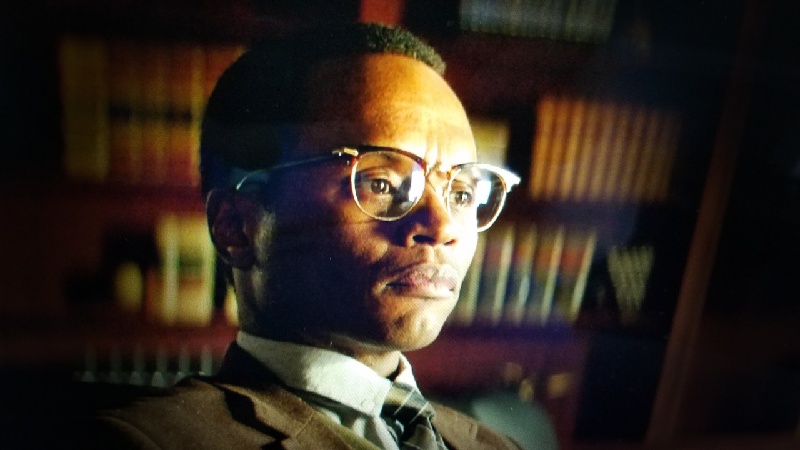 It was actor Malcolm Goodwin, (The Fugitive, iZombie, True Blood, House of Cards, Elementary, CSI, Law and Order: Criminal Intent), who brought us Oskar Finlay’s quirky personality, mannerisms, and style of investigating. He’s sharp, intuitive, thoughtful, methodical, and a by-the-book cop. Well, that’s the way he preferred to work. However, Finlay quickly learned to adapt to Reacher’s “bulldozer in a china shop” approach to resolving issues.
It was actor Malcolm Goodwin, (The Fugitive, iZombie, True Blood, House of Cards, Elementary, CSI, Law and Order: Criminal Intent), who brought us Oskar Finlay’s quirky personality, mannerisms, and style of investigating. He’s sharp, intuitive, thoughtful, methodical, and a by-the-book cop. Well, that’s the way he preferred to work. However, Finlay quickly learned to adapt to Reacher’s “bulldozer in a china shop” approach to resolving issues.
As a real life detective, I’d have been extremely pleased to have either Finlay or Conklin as a partner, as backup, or by my side during a door-kicking explosive entry into a building occupied by armed bad guys.
Producer/writer Nick Santora and Lee Child certainly delivered a television series that is certain to become one of the all-time top crime dramas, and it has it all—gun battles, muscles, romance, investigations, bad guys, bad cops, explosions, fight scenes, action, great characters, great story, great writing, humor, and more muscles and romance.
In a matter of minutes, Lee Child’s book, The Killing Floor exploded to life and never slowed down until Jack Reacher killed all the bad guys, and maybe a few extras in case, well, in case they needed killing. By the way, the “they needed killing” line was spoken by Jacker Reacher during his murder trial, a trial resulting from the time when I personally arrested Reacher and later testified in his trial. More on this in a later review.
NOTE – This review and the others that follow in the coming weeks are solely for the purpose of pointing out proper police procedure and forensics, and the inaccuracies, if any of either. Again, this is to help writers learn what real and what’s not. Yes, I know it’s a TV show and not a documentary or police training film.
As always, keep in mind that TV is visual and certain liberties must be taken to capture and hold the attention of viewers within the brief timespan of a single episode. Authors, on the other hand, must activate a readers senses and take their fans on a journey using nothing more than written words. TV audiences tend to be more forgiving when characters perform actions that aren’t quite believable than are readers of books.
Since readers move through a story at a much slower pace than viewers of TV and film, they have far more time to detect and analyze things that aren’t quite accurate. Therefore, the need for an explanation, even one that’s totally fabricated in the author’s mind, about why the neighbor’s recliner has the ability to travel through time is more important than merely seeing it happen on TV. We’re used to seeing wacky, nonsensical stuff on television, but not in books without reading an explanation as to why something happened (My neighbor spent three years converting his ratty old recliner into a time machine, using things he retrieved while dumpster diving. And it works! Just last week I tagged along on a trip to Woodstock. We arrived minutes ahead of Jimi’s performance, just as he was testing his Vox Wah pedal).
That’s all it takes to convince your readers, a reason to believe.
WRITERS’ POLICE ACADEMY
EXCITING DEAL FOR YOU AND A FRIEND!

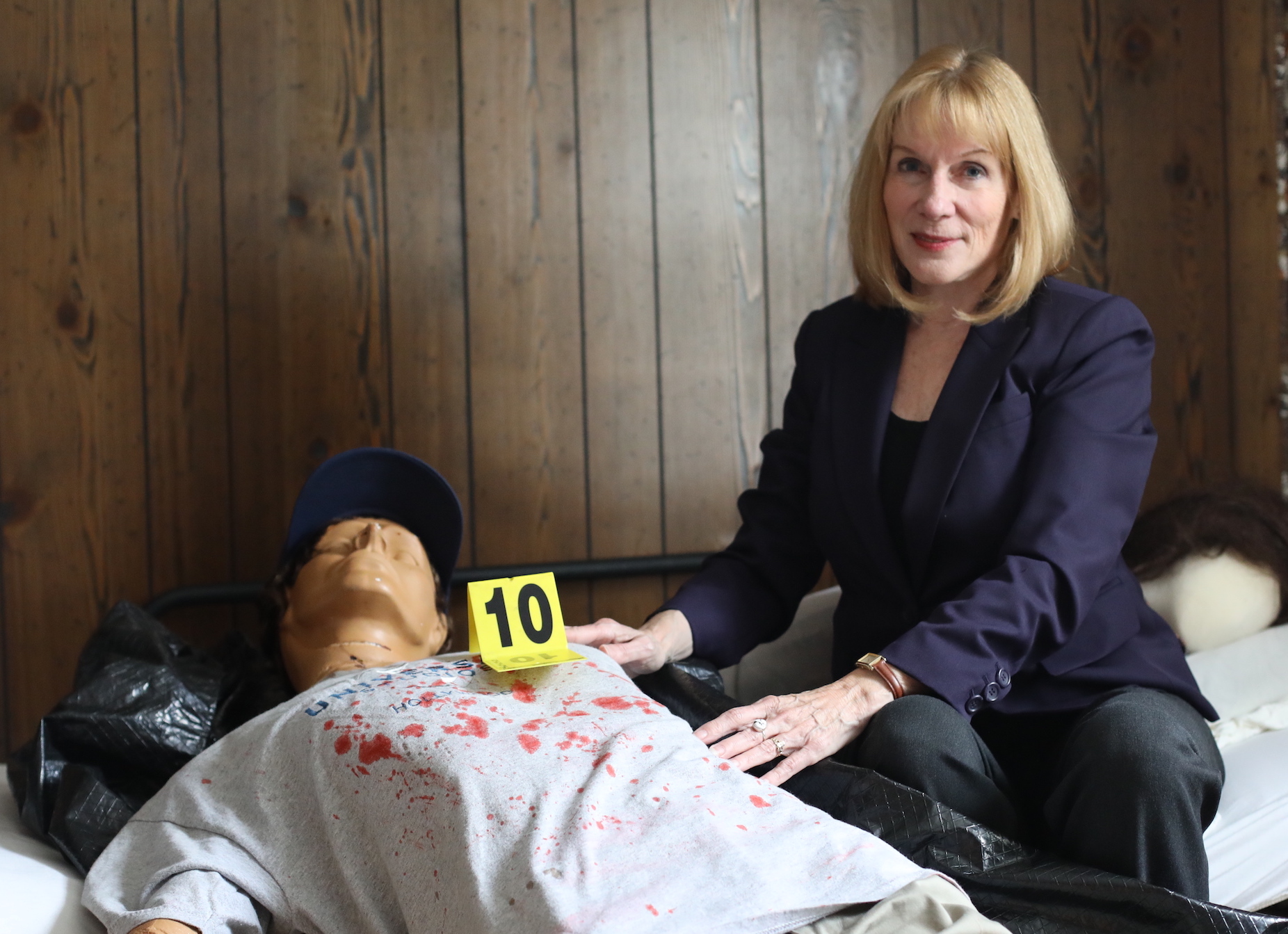


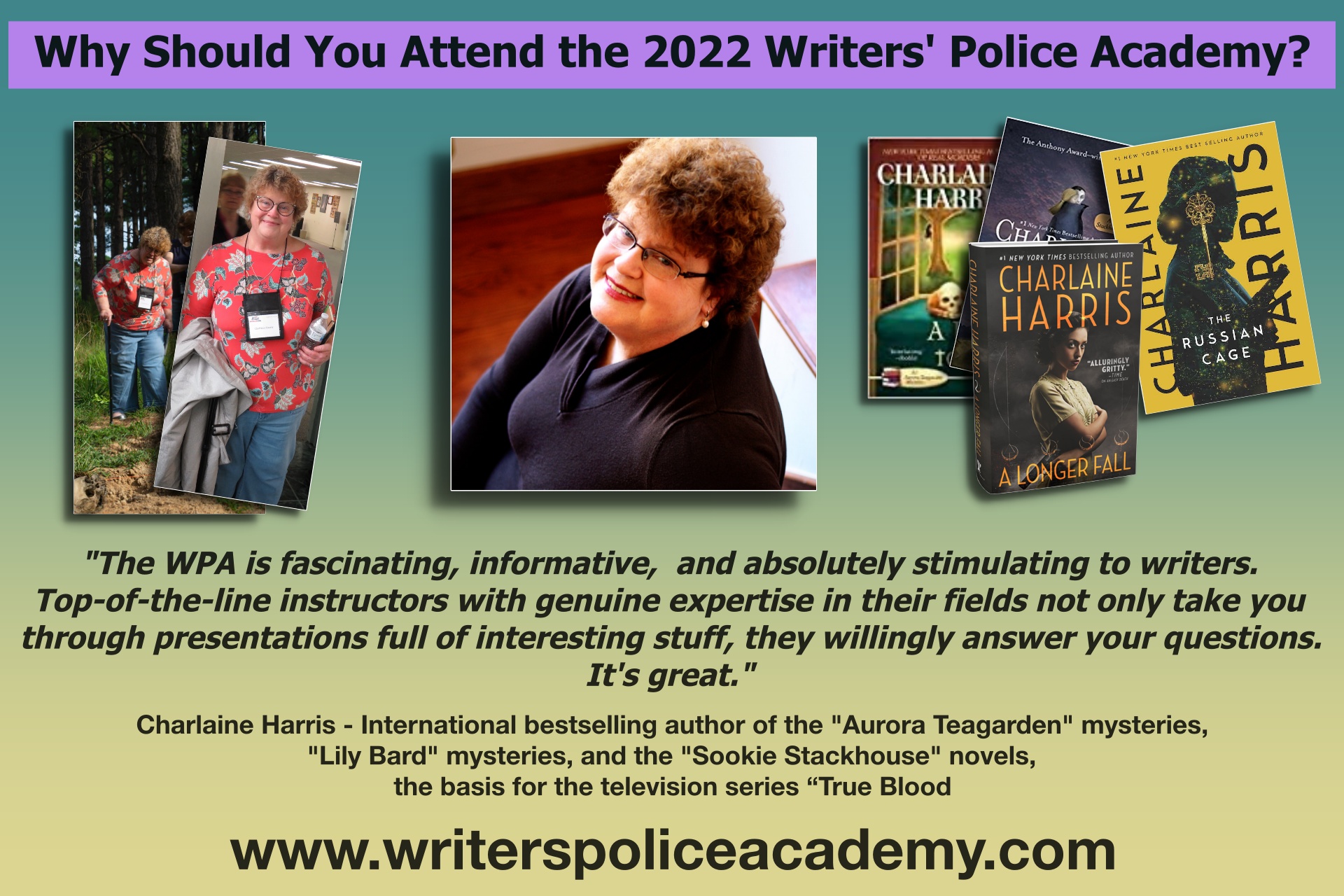




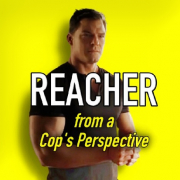
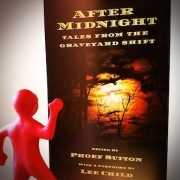
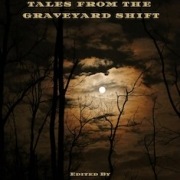




Yes, Alan Ritchson appears to have Reacher’s command presence really nailed! Something about the man makes a person think twice about crossing him! Thanks for explaining some of the basics to us. I watched all the Castle episodes, by the way. The Rookie is okay, but more distracting.
Lee, great review. We loved the series. Your explanation of why Reacher and Conklin are so effective was excellent. The term “Command Presence” was new to me. I learn something new from each of your blog posts. Thank you for all you do for writers.